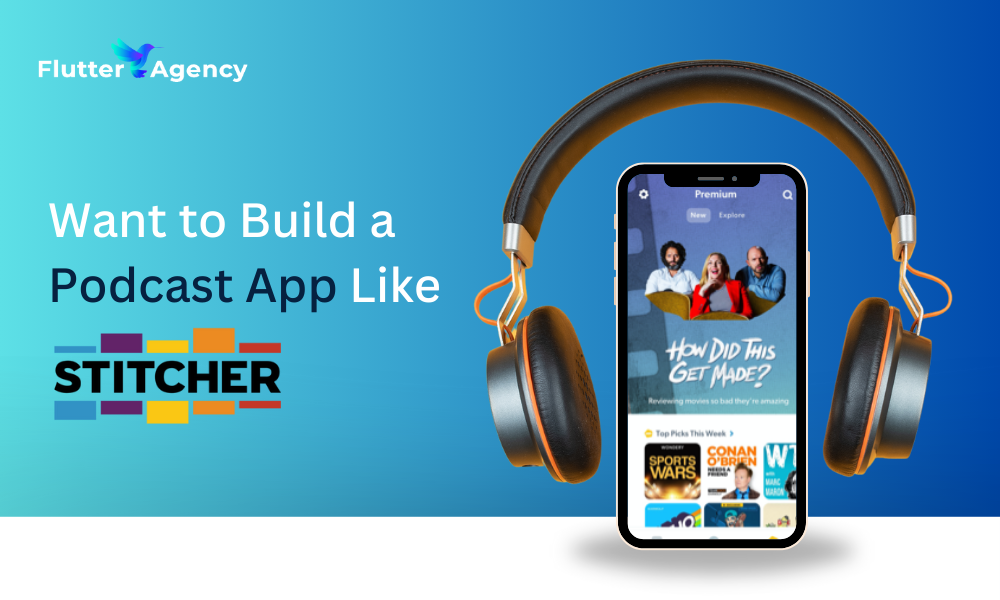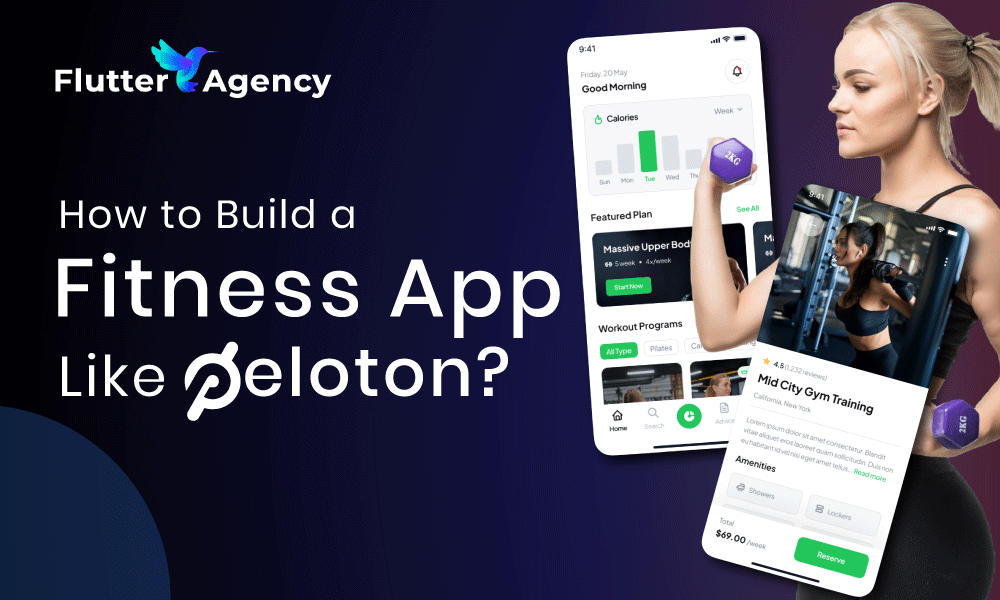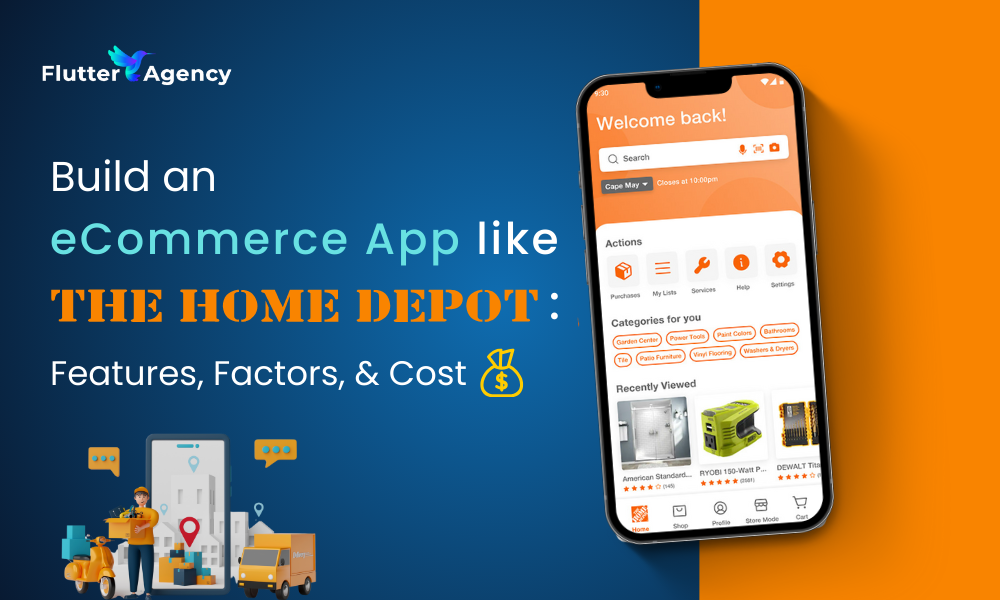How to build a ridesharing app like Lyft: key features & development costs
Lyft and similar services revolutionized travel, boosting accessibility and efficiency. These ride-sharing apps improved transport and user experience. They also changed urban mobility.
The demand hiring Software development service provider in California has increased significantly. Businesses scramble to meet soaring demand for tailored software solutions. It allows businesses to tap into a thriving market.
Why build a ride-sharing app now?
In 2023, the ride-sharing industry hit $106.70 billion globally. Projections for 2024 show a climb to $126.46 billion. By 2034, experts foresee a staggering $691.63 billion valuation. This sector’s robust 18.52% yearly growth rate, spanning 2024 to 2034, signals a transformative decade ahead for urban mobility and transportation economics (source)
Urban sprawl, pricey gas, and eco-friendly trends fuel ride-sharing’s rise. Commuters and companies alike embrace this cost-effective, green transport solution. As cities grow and budgets shrink, shared rides beat solo driving.
Ride-sharing apps offer lucrative opportunities for businesses of all sizes. New players can challenge industry giants by targeting niches or local markets. Innovative features set newcomers apart in this essential urban service. As AI and self-driving tech evolve, custom apps unlock growing markets.
Both startups and established firms can profit from this transport revolution. They can carve out a niche in an ever-expanding digital world.
Key features required for a successful ride-sharing app
Seamless experiences drive successful ride-sharing apps. Users crave intuitive interfaces for quick bookings, real-time tracking, and secure payments. Drivers need efficient route planning, fair compensation, and easy communication.
Both benefit from robust profiles, rating systems, and responsive customer support. Safety features like emergency contacts and driver verification build trust. Integrating maps, GPS, and push notifications ensures smooth operations.
A well-crafted app balances these elements, creating a user-friendly ecosystem that keeps riders coming back and drivers engaged. Constant refinement based on feedback fuels continuous improvement, keeping the app competitive in a crowded market.
User app
- Simple registration and onboarding: Connect effortlessly. Email, phone, or social media—pick your path. Our swift signup process welcomes all users, boosting retention through seamless onboarding. Create your account now and join our community without delay.
- Book, estimate, track: Riders crave simplicity. A few taps should secure transport, reveal costs, and display live journey updates on an interactive map. Seamless functionality empowers passengers, transforming travel into a smooth, predictable experience.
- Payment gateway integration: Streamline purchases with multiple payment options: credit, debit, and e-wallets. Quick, hassle-free transactions await.
- Feedback: Riders can rate and review drivers. This ensures high service standards.
Driver app
- Driver profile setup and verification: Drivers must create a profile and verify their identity for safety.
- Ride request notifications and navigation assistance: Drivers get ride requests. They use the app to navigate to destinations quickly.
- Earnings dashboard: Clear financial insights await drivers who monitor their earnings. Daily, weekly, and monthly tracking illuminates income patterns, empowering informed decisions and goal-setting. This comprehensive view of finances fuels motivation and strategic planning for success on the road.
- Ratings and reviews from riders: Rider feedback ensures that drivers provide high-quality service and performance.
Admin panel
- User and driver management: The admin can monitor both drivers and users. This ensures smooth operations and resolves any issues.
- Analytics and reports: Analytics lets admins check ride frequency, user behavior, and revenue. This improves the app’s performance.
- Fraud detection and prevention: Automatic processes reveal con activities, maintaining the platform’s reputation.
To develop these features, invest in custom app development. It will ensure your app runs well and scales with demand.
The importance of real-time features
Real-time features are crucial to a ride-sharing app. They ensure riders and drivers get accurate, up-to-date information. This is key for the app’s functionality and user experience. Let’s explore the key real-time components:
1. GPS tracking
Lyft’s ride-sharing app hinges on real-time GPS tracking. This vital feature pinpoints vehicle locations instantly, keeping both drivers and passengers informed throughout their journey. The technology turns smartphones into dynamic maps. They show moving cars as they navigate city streets. This helps coordinate pickups, estimate arrival times, and ensure safety. Riders can track their driver’s route and ETA. Drivers can use it for turn-by-turn navigation. This feature boosts transparency and trust between the service and its users. It improves the overall experience.
2. Push notifications
Push notifications play a critical role in keeping users informed. Riders get updates on requests, arrivals, and payments. Drivers are notified of new requests. They get updates on rider locations and cancellations. This constant communication keeps users informed, without checking the app. It makes the ride process smooth.
3. Real-time data processing
To deliver a seamless booking experience, real-time data processing is essential. Low-latency data transmission ensures quick ride matching, updates, and fare calculations. For example, when a user books a ride, the system quickly checks available drivers, arrival times, and distances. It then provides instant feedback. This fast processing reduces delays. As a result, both drivers and riders enjoy a smooth, efficient experience.
Real-time features like GPS and notifications boost user satisfaction, safety, and efficiency.
Technology stack for building a ride-sharing app
A robust, scalable tech stack forms the backbone of any successful ride-sharing app. Lyft’s model demands a powerful foundation to handle high user demand, real-time data processing, and seamless transactions. It must handle real-time data, user interactions, and geolocation services. Here’s a breakdown of essential components:
Mobile development frameworks
When choosing a framework for mobile app development, prioritize performance and user experience. Some of the most popular options include:
- React native: React Native is a popular framework for cross-platform apps. It lets developers create a shared codebase for iOS and Android. This speeds up development.
- Flutter: Flutter is known for its speed and expressive UI. It’s perfect for startups and businesses that need quick app development. You can hire Flutter experts for faster and more efficient application development. Swift delivery meets user satisfaction in this balanced strategy, accelerating launch without compromising excellence.
- Native development (iOS/Android): For peak performance, use Swift (iOS) or Kotlin (Android) for native development. Native apps usually have better access to device hardware and sensors.
Backend technology
A reliable backend is the backbone of a ride-sharing app. Matching riders in real time, verifying users, and tracking locations are core functions this system manages seamlessly. It deftly coordinates these vital processes to keep operations running smoothly.
- Node.js: Node.js is fast and scalable. It’s popular for real-time apps, making it perfect for a ride-sharing platform.
- Python (Django): Python’s Django framework excels in web development. Its sleek design enables fast, scalable projects. Developers prize Django for its practical approach and high-level functionality.
- Ruby on rails: Startups thrive with Ruby on Rails. Its sleek syntax boosts productivity, making it an ideal framework for new ventures.
APIs and tools
To enable geolocation, payments, and chat, we must use third-party APIs and tools.
- Google maps API / mapbox: These services allow users and drivers to track rides. They can estimate arrival times and navigate routes using real-time mapping and geolocation features.
- Twilio: Twilio simplifies adding messaging services. It’s for SMS notifications and rider-driver communication.
- Stripe / PayPal: For seamless payment processing, use payment gateways like Stripe or PayPal. They ensure secure transactions for users and drivers.
A ride-sharing app’s fate hinges on its tech stack. The right choice fuels growth, handles demand, and delights users. Smart developers weigh options carefully, knowing their decision shapes the app’s future.
A ridesharing app’s price tag in 2024 ranges from $70,000 to $200,000. Complexity, features, and technology choices drive costs up or down within this spectrum. Developers must achieve a balance between functionality and budgets when creating Lyft-like platforms.
Breakdown of costs
- Backend development: Tech stacks shape backend costs. Node.js, Django, or Ruby on Rails influence pricing for critical services. User authentication and payment gateways range from $3,500 to $20,000, depending on complexity and chosen framework.
- Frontend development: Cross-platform frameworks slash frontend costs. React Native and Flutter offer savings, with prices spanning $6,000 to $36,000. Feature complexity and target platform – iOS or Android – drive the final bill. Savvy developers leverage these tools to create mobile apps that are both efficient and budget-friendly.
- Core features: Features like geolocation and ride-booking will cost about $6,000 each. Adding advanced options like split fares and scheduling rides can increase the cost by $6,000 to $8,000 each.
- UI/UX design: A design that is easy to use on both iOS and Android devices will cost over $12,000.
The cost also depends on extra features. These include real-time tracking, fare splitting, and driver management systems. Remember that maintenance, marketing, and updates will increase the budget.
Also Read: Guide to Create Uber like Clone Taxi Application
Challenges in developing a ride-sharing app
- High competition: The ride-sharing market has giants such as Lyft. These companies have significant brand recognition, financial resources, and advanced features. To stand out, a new app must be unique. It must offer new features or serve a niche market. This will distinguish it from its competition.
- Driver retention: Engaged, motivated drivers drive success. Bonuses, flexible hours, and rewards spark retention. Smart incentives keep your team on the road and committed to excellence. However, many new platforms struggle to profit while providing these perks.
- User trust: Building trust with users is essential. This means using strong security, clear pricing, and full insurance. It also means high-quality service, with regular driver checks. Trustworthy experiences attract repeat customers and positive reviews. They are vital for growth in a competitive market.
Future trends in ride-sharing apps
- Electric vehicles (EV) integration: Electric cars are transforming ride-sharing. Uber and Lyft plan all-electric fleets by 2030, driven by sustainability goals. This green shift slashes emissions, complies with regulations, and appeals to eco-conscious passengers. Riders increasingly favor cleaner transportation options, accelerating the industry’s electric revolution.
- Autonomous vehicles: Self-driving breakthroughs reshape ride-sharing’s future. Tesla and Waymo lead the charge, pushing AI to new heights. Driverless cars slash expenses, boosting efficiency. Safety improves as human error fades. The revolution has begun, though its full impact remains unseen. This nascent technology promises a transformed industry landscape.
- Sustainability: Ride-sharing platforms are adopting green initiatives with greater frequency. Other sustainability practices, besides EVs, can help. Carbon offset programs, carpooling, and shared rides can reduce carbon footprints. Such practices attract eco-conscious users. They can also differentiate themselves in a competitive market.
These trends suggest that new technology and a focus on sustainability will shape ride-sharing.
Launch Your Ride-Sharing App!
Start building your own Ride-Sharing App at a low cost.
Final thoughts
A ride-sharing app has great potential. The market is growing due to new tech and shifting consumer needs. There are many ways to create a unique, scalable platform. You can integrate electric vehicles and autonomous driving tech. You can also use real-time GPS tracking and secure payment gateways.
Contemporary ventures
Recent blog
ready to get started?
Fill out the form below and we will be in touch soon!
"*" indicates required fields





















